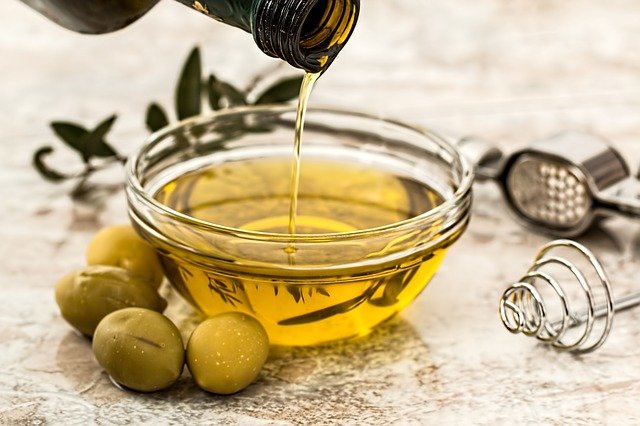
Nutritional properties of olive oil
Numerous studies have been carried out over the years to find out the nutritional properties of olive oil.
To talk about the nutritional properties of Extra Virgin Olive Oil we have to talk about its components. Among the fats, the healthiest are monounsaturated, that is, those that predominate in virgin olive oil.
Virgin olive oil is made up of 98% triglycerides (made up of glycerin and fatty acids). Of all the fatty acids that we can find, oleic acid is the most abundant as well as one of the most recommended for a healthy diet.
Oleic acid is natural and very common in vegetable oils. The main contribution of oleic acid in our diet is that by replacing saturated fats with unsaturated fats in the diet, it helps maintain normal blood cholesterol levels.
Other important components in olive oil are the polyphenols and tocopherols, of which Vitamin E stands out. As stated in the Spanish Heart Foundation, Extra Virgin Olive Oil has 22.5mg of Vitamin E per 100g. This means that a 20g dose of EVOO has 3.38mg of Vitamin E, which is 45% of the recommended daily amount stated in directive 90/496/CEE of the European Economic Community.
Vitamin E plays a very important role as it contributes to the protection of cells against oxidative damage.
All these components are found in different foods, but all of them are present in extra virgin olive oil, which makes it a unique product and is given the name of “liquid gold” or “yellow gold” .
If you want to know more information about olive oil and its uses, I recommend that you continue reading this article:
The 3 differences between the Gourmet Oil and the rest
And here are our best-selling EVOOs:

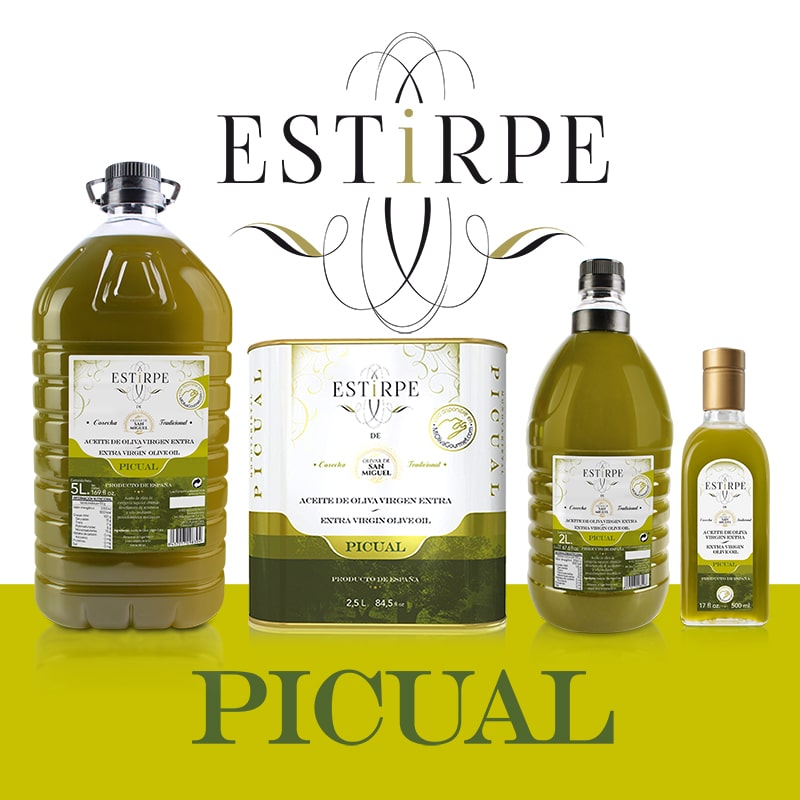
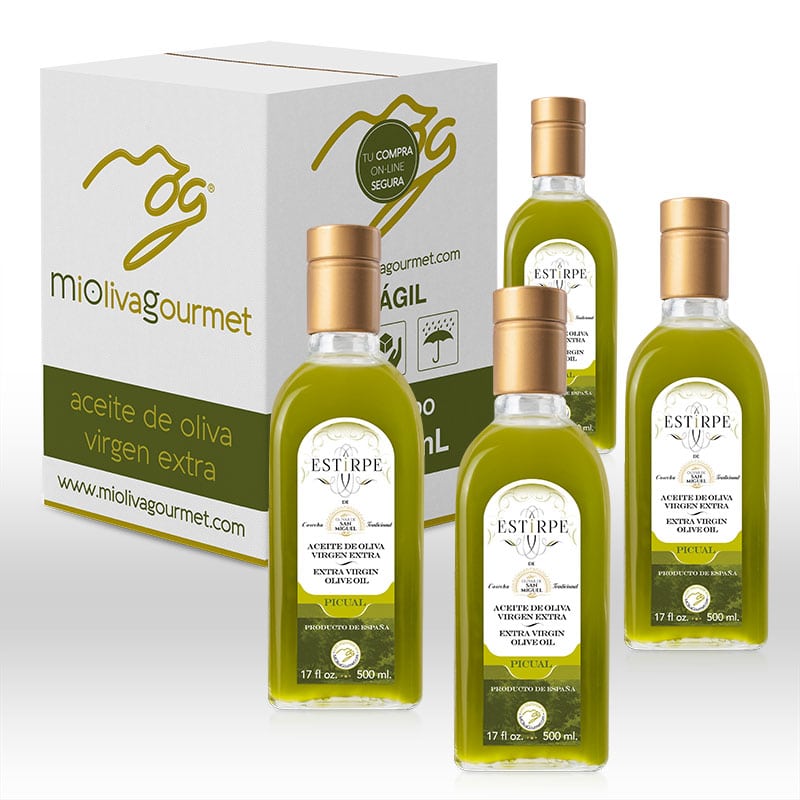
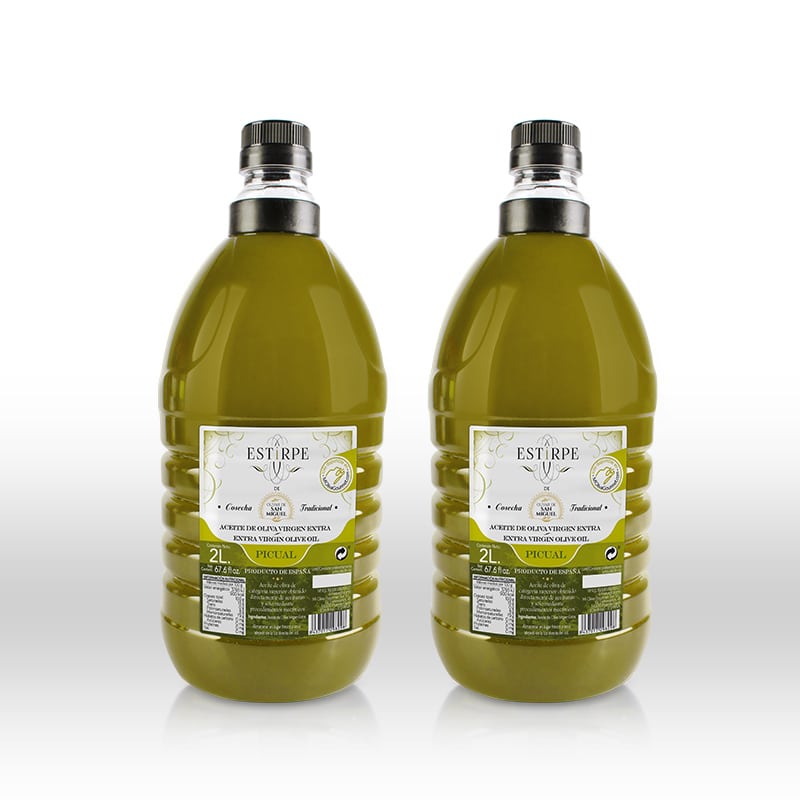
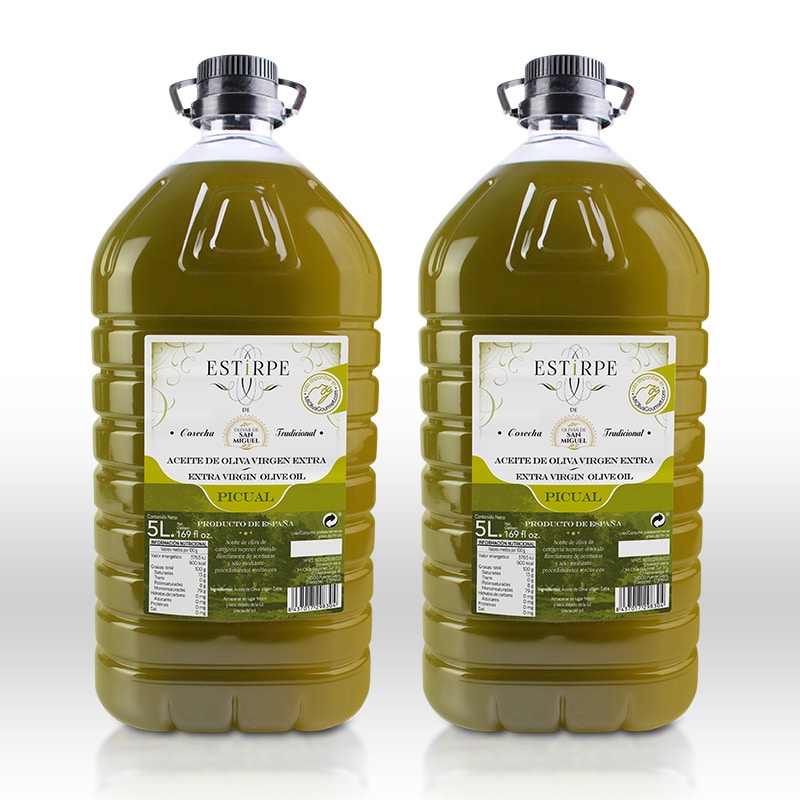
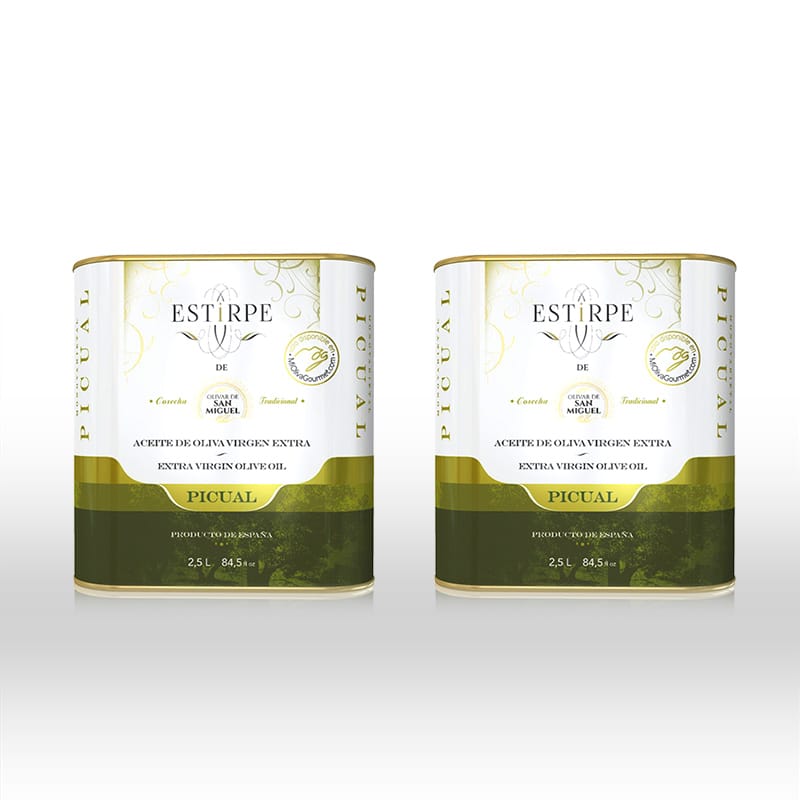
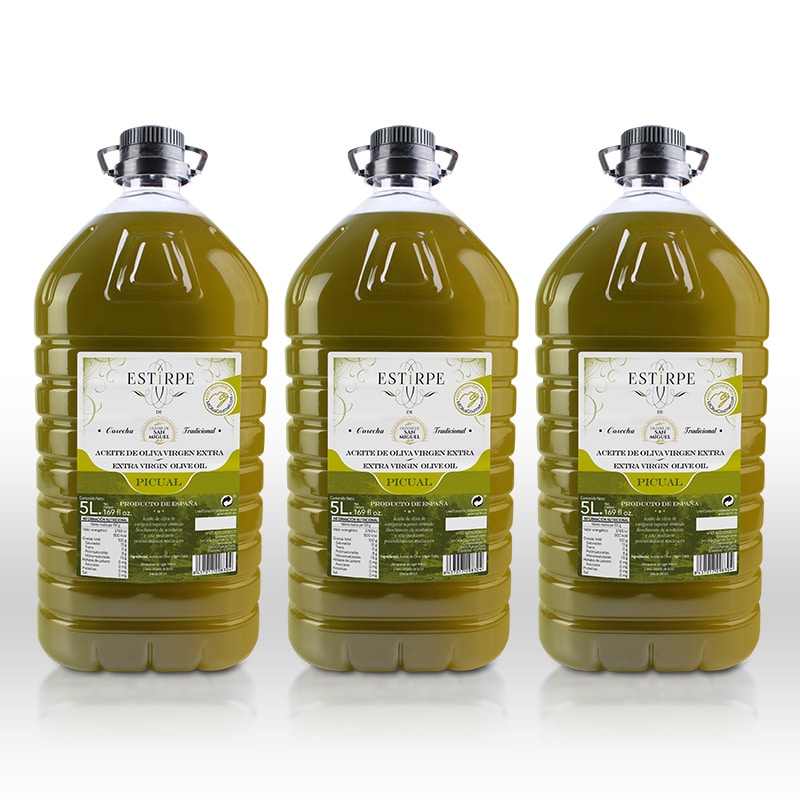
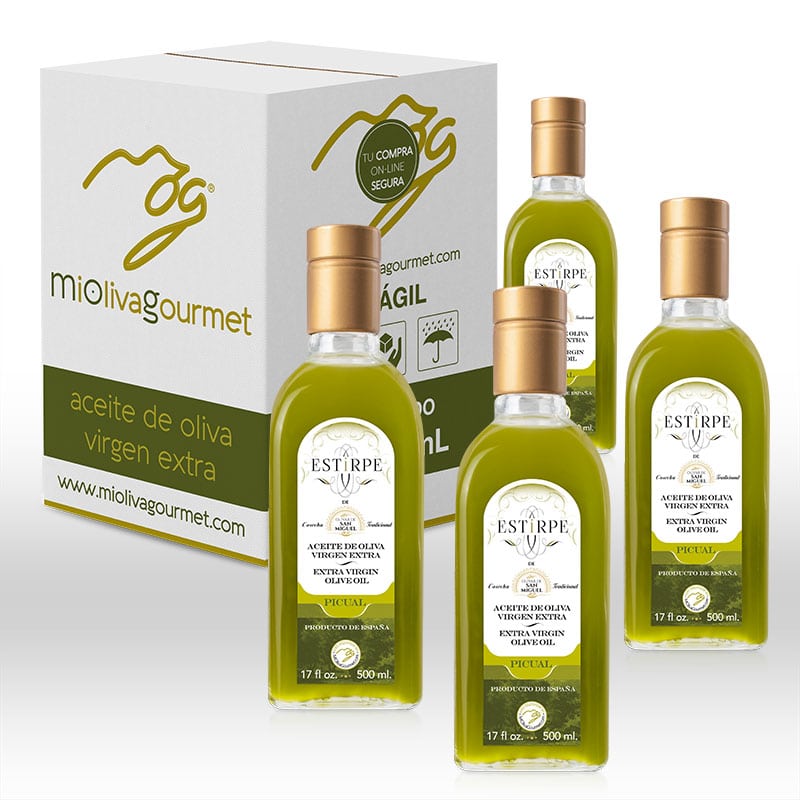
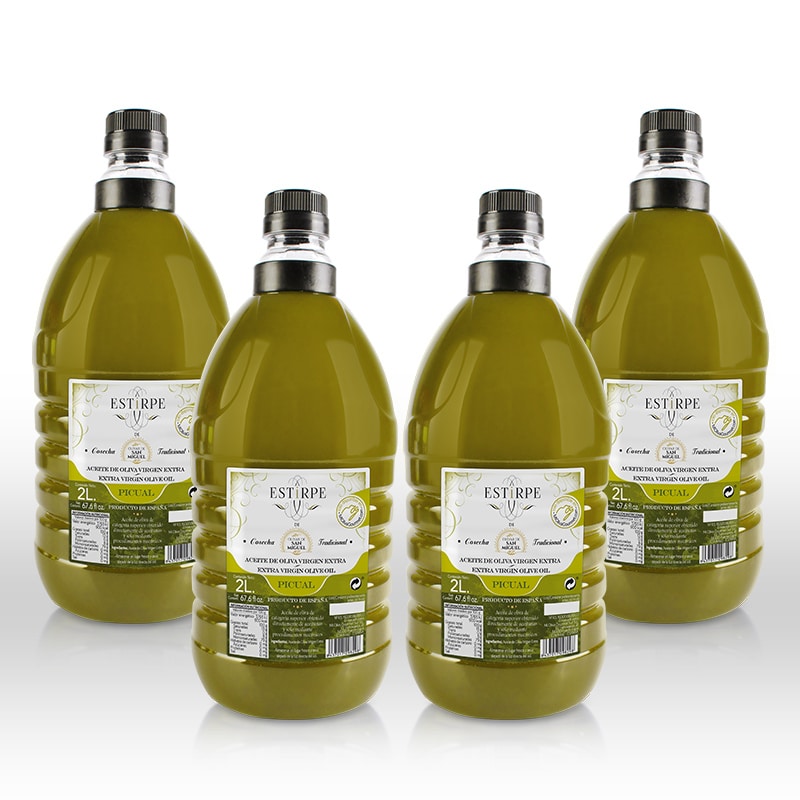

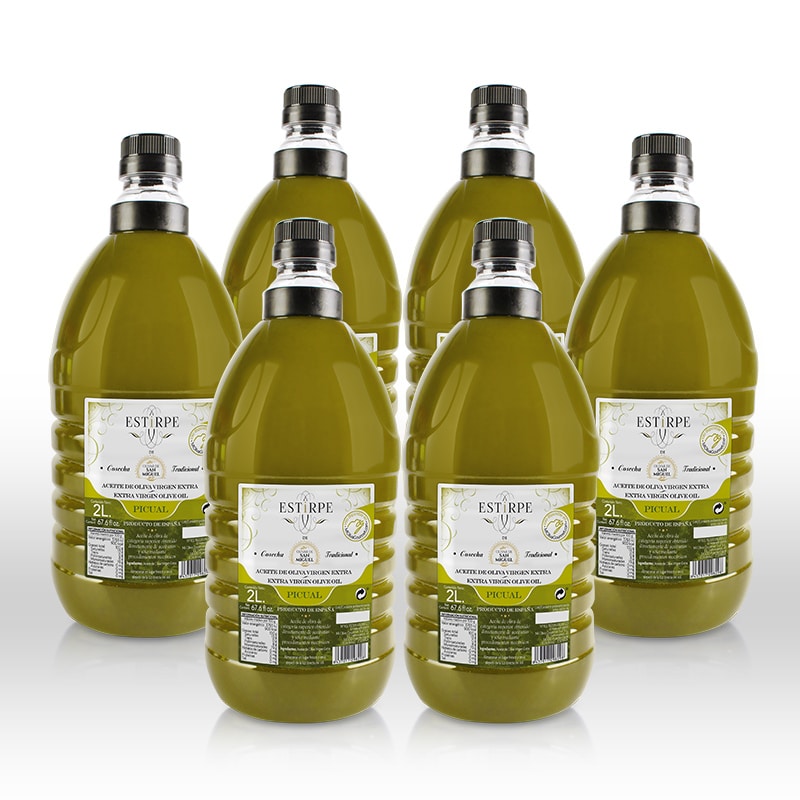

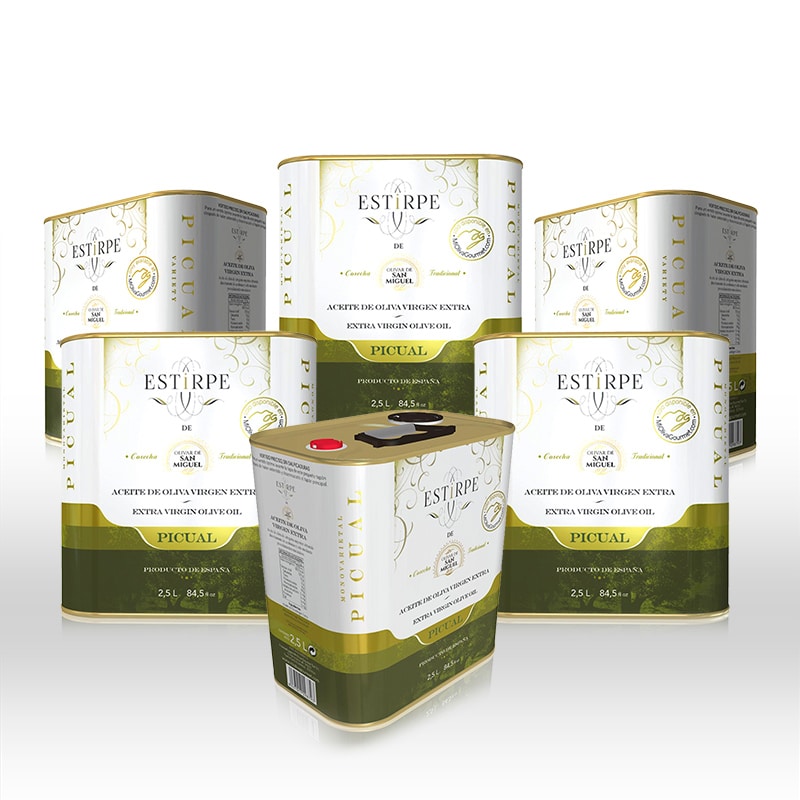
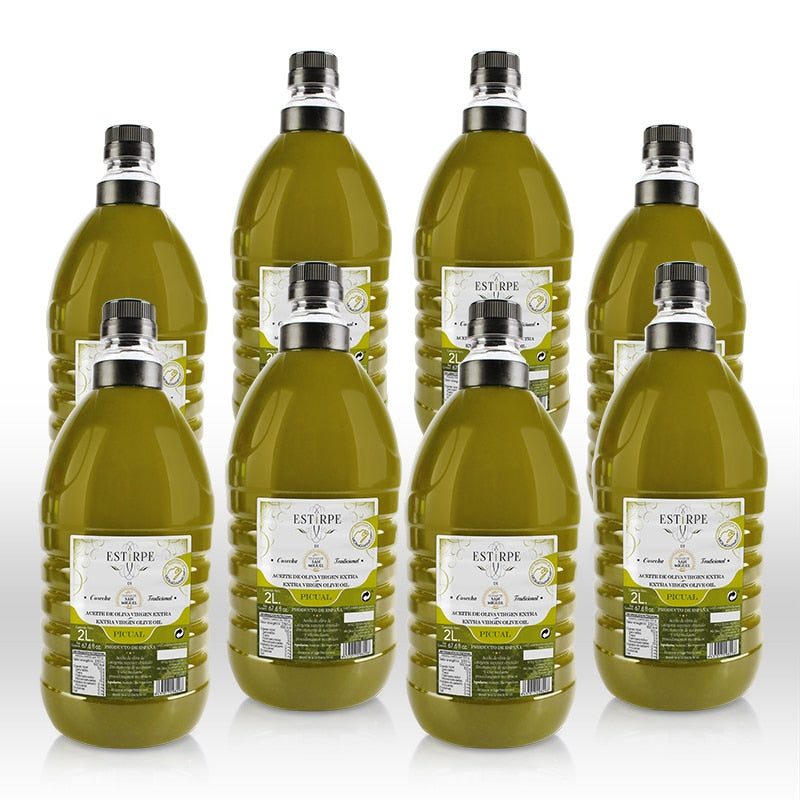
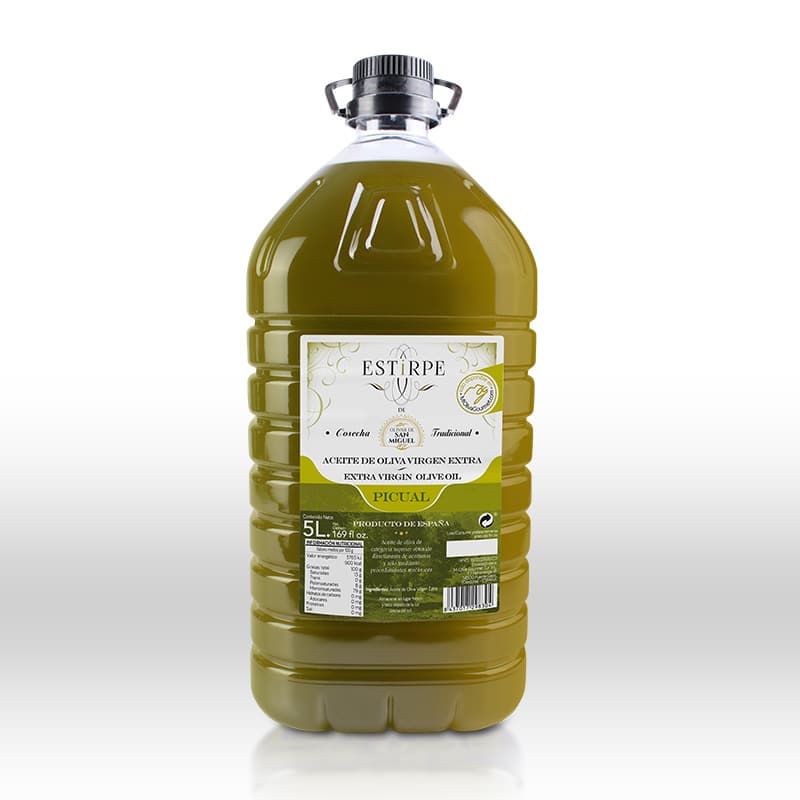
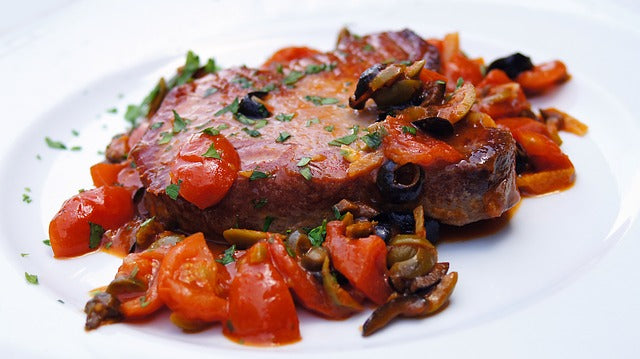
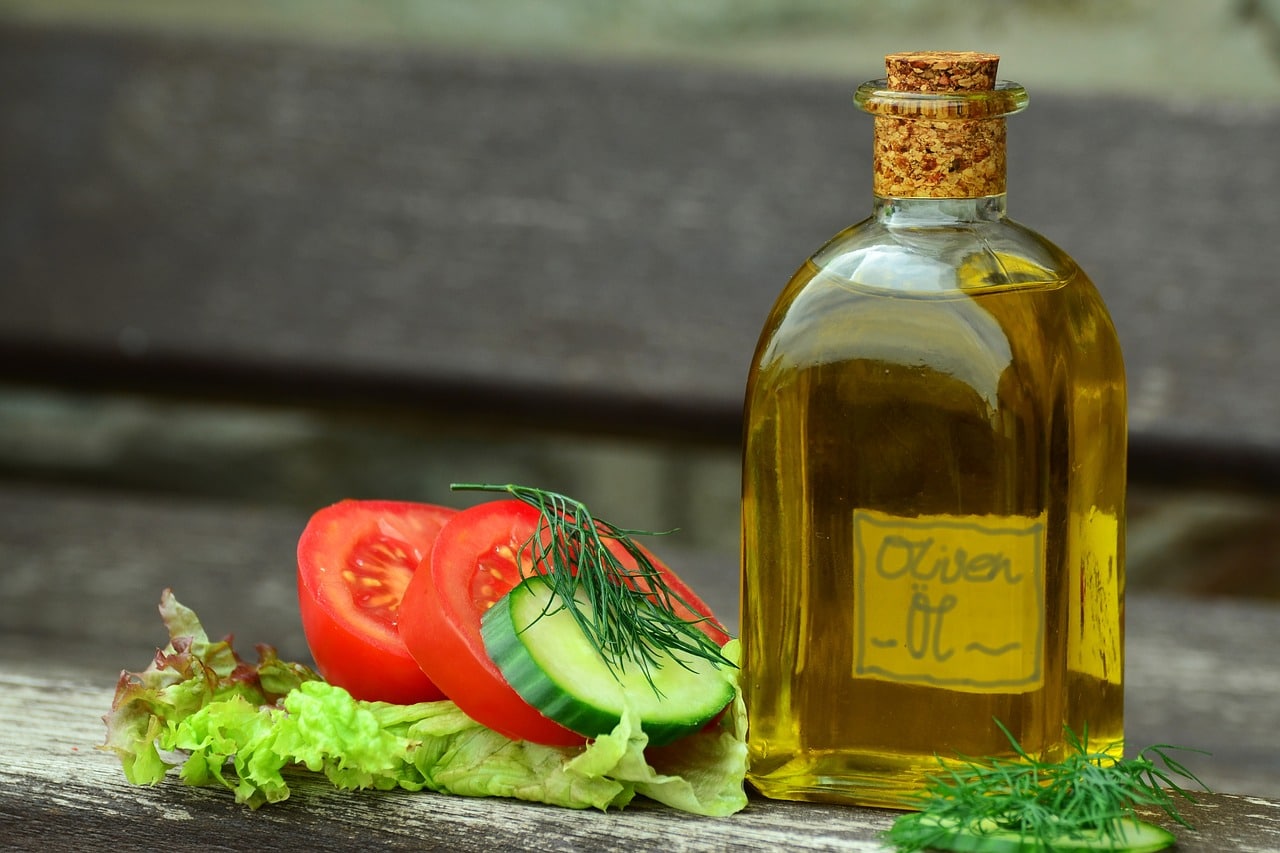



Leave a comment
This site is protected by hCaptcha and the hCaptcha Privacy Policy and Terms of Service apply.